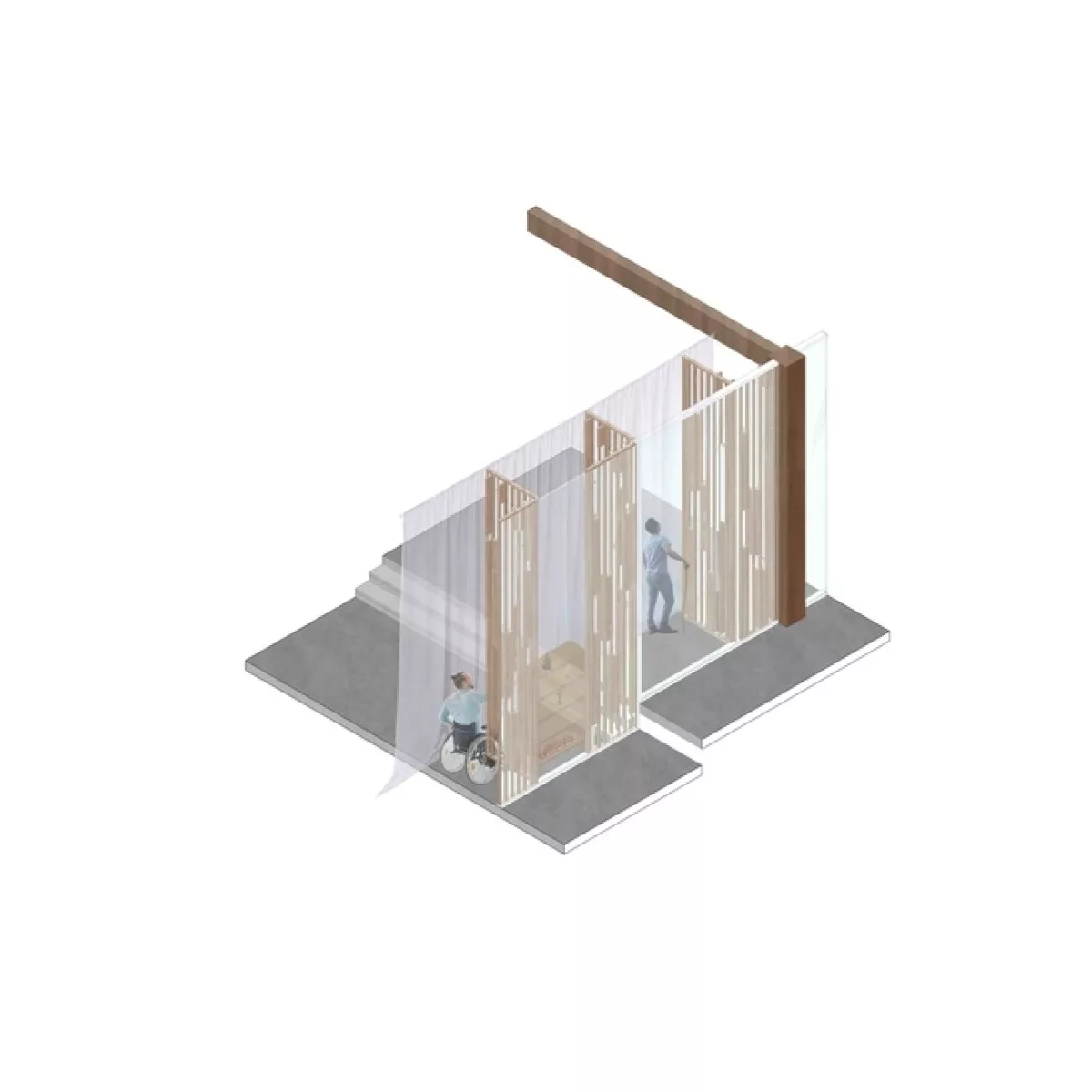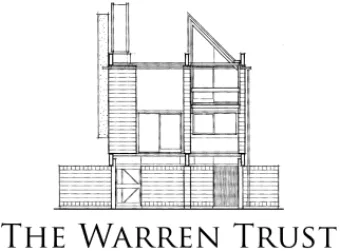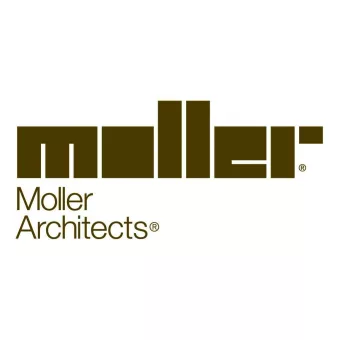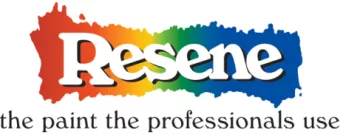
Showcase
House for All
Art is a way of expression, and our senses help us to experience it.
In a similar way, sacred architecture allows for a space that creates a sense of wonder, reflection, and a glimpse of clarity. However, according to Andrew Crompton’s paper “The Architecture of Multifaith Spaces: God Leaves the Building,” multifaith centres are usually empty white rooms and mundane spaces without an aura. Without a specific user in mind, the challenge of the architecture of multifaith centres is designing it to enhance spirituality.
For example, Unitec Institute of Technology currently has the Multifaith Chaplaincy Centre, which is a makeshift classroom. In this institutional setting, accommodating for students and staff of various backgrounds and religions, there is a need for a multifaith space with an aesthetic and atmosphere that provides a refuge and retreat for all. One possible solution is for visual art to influence multifaith architecture so that is grows its ability to harness spirituality and emotions.
This research project is concerned with the translation of visual art techniques into the architectural practice to enrich the design of sacred spaces. Specifically, these visual art techniques can act as tools for the distillation, generation, and communication of an architectural idea. An example of this may be the way Swiss architects Herzog & de Meuron often use art techniques – repetition, abstraction, and variation – as a catalyst in the development of an architectural concept which they then translate into the design of a building.
If art is able to express and communicate – an aspect that the current multifaith design lacks – then how can visual art act as a catalyst to inform and enrich the design of a sacred space?
In a similar way, sacred architecture allows for a space that creates a sense of wonder, reflection, and a glimpse of clarity. However, according to Andrew Crompton’s paper “The Architecture of Multifaith Spaces: God Leaves the Building,” multifaith centres are usually empty white rooms and mundane spaces without an aura. Without a specific user in mind, the challenge of the architecture of multifaith centres is designing it to enhance spirituality.
For example, Unitec Institute of Technology currently has the Multifaith Chaplaincy Centre, which is a makeshift classroom. In this institutional setting, accommodating for students and staff of various backgrounds and religions, there is a need for a multifaith space with an aesthetic and atmosphere that provides a refuge and retreat for all. One possible solution is for visual art to influence multifaith architecture so that is grows its ability to harness spirituality and emotions.
This research project is concerned with the translation of visual art techniques into the architectural practice to enrich the design of sacred spaces. Specifically, these visual art techniques can act as tools for the distillation, generation, and communication of an architectural idea. An example of this may be the way Swiss architects Herzog & de Meuron often use art techniques – repetition, abstraction, and variation – as a catalyst in the development of an architectural concept which they then translate into the design of a building.
If art is able to express and communicate – an aspect that the current multifaith design lacks – then how can visual art act as a catalyst to inform and enrich the design of a sacred space?
Year of Completition
2021
